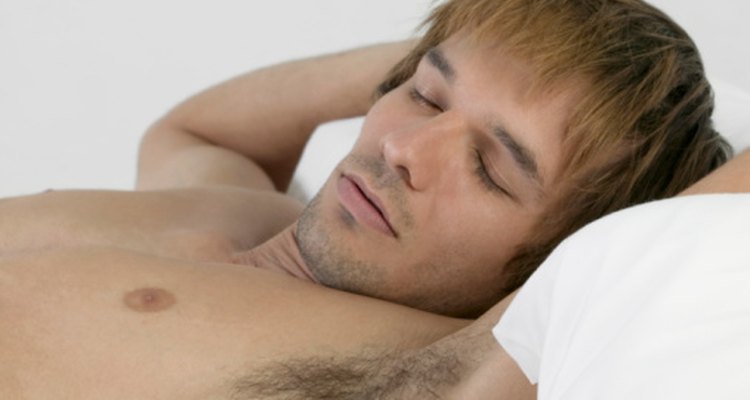
Although rarely a discussed topic, underarm hair is a commonplace phenomenon for the majority of humans. Usually the hair starts to grow once a person hits puberty, usually around the age of 13 or 14. Just like a person’s head hair, underarm hair can be different thicknesses as well as colors. The purpose of these seemingly useless hairs is thought to be related to sexual-pheromone collection, according to armpithair.info.
Hair Follicle Stage
The first stage of underarm hair is within the dermis, the layer of skin below the epidermis. The dermis is not visible to the human eye due to it being below the visible surface of the skin. The hair follicles begin in the dermis layer of the skin. The follicle connects to a sebaceous gland that creates “sebum,” which is composed of fat cells. Sebum directly relates to underarm odor. The sebum acts as an oily substance that keeps the skin from drying up and although sebum is odorless itself, it has attached bacterium that creates the odor smell that sometimes accompanies underarm hair.
Hair Shaft Stage
Once the hair follicle begins to grow, it forms a hair shaft that is comprised of a center “medulla,” which is the innermost area of a hair. The hair follicle continues to grow, lengthening both the hair shaft and the medulla. Gradually the hair becomes thinner as it gets closer to the epidermis layer, which is the visible layer of skin. The entire growth process is powered by blood vessels in and around the hair, which supply the hair follicle with the necessary components to grow.
Epidermis Growth Stage
Once the hair becomes long enough, it will emerge out into the epidermis layer of skin and proceed to grow until reaching a stopping point where the hair no longer grows. When a hair is plucked from under the arm, the pain comes from the hairs connection to nerve endings. A full-grown hair forms a unit known as the “pilisebaceous unit,” which is comprised of the hair shaft, hair, sebaceous gland, and the arrector pili muscle that serves to control the erection level of the hair. The use of an arrector pili can commonly be experienced in the phenomenon of “goose bumps.”
Related Articles
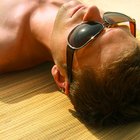
What Are the Dangers of Men's Brazilian ...

Essential Enzymes for Hair Growth
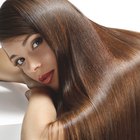
Keratin Hair Treatment Ingredients

Arm Hair Growth

Treatment of Razor Bumps for Black Women

How to Stop Hair From Growing at the ...

How Are Hair Colors Inherited?

How to Wax With Duct Tape

What Are the Causes of Graying Hair?
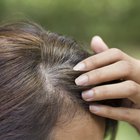
What is Hair Composed of?

Why Do Men Grow Hair on Their Back?

Asian Secret to Removing Cellulite

Silent Treatment Abuse
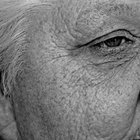
Facts on Natural Hair Changing Color

Can Supplements Reverse Gray Hair?
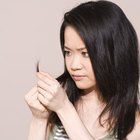
Dominant & Recessive Hair Colors

Can Age Spots Be Reversed?
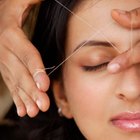
Side Effects of Eyebrow Threading

What Are the Functions of Keratin?

What Are the Causes of Hair Shedding in ...
References
Writer Bio
Steve Johnson is an avid and passionate writer with more than five years of experience. He's written for several industries, including health, dating and Internet marketing, as well as for various websites. He holds a bachelor's degree from the University of Texas.
Photo Credits
Medioimages/Photodisc/Valueline/Getty Images